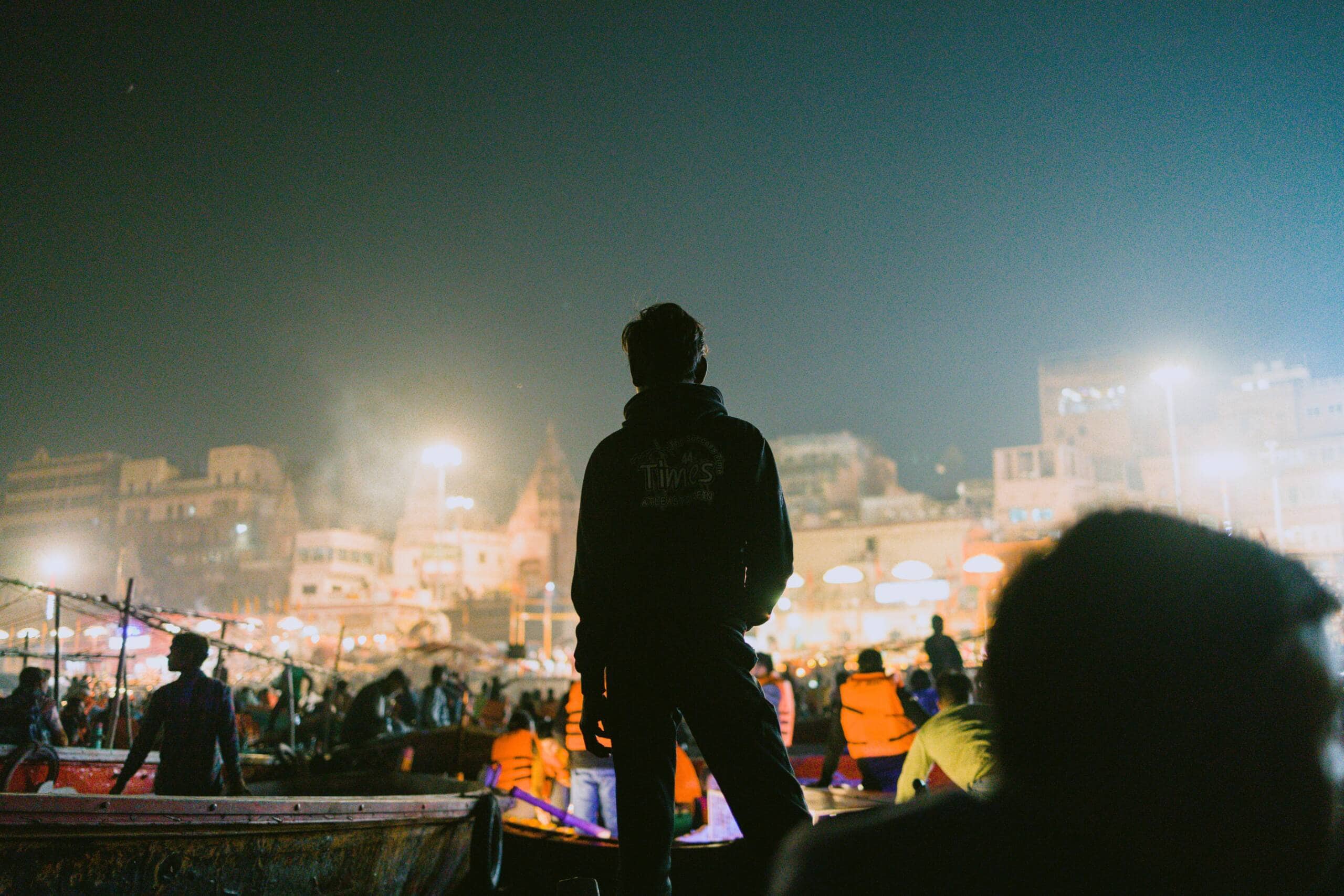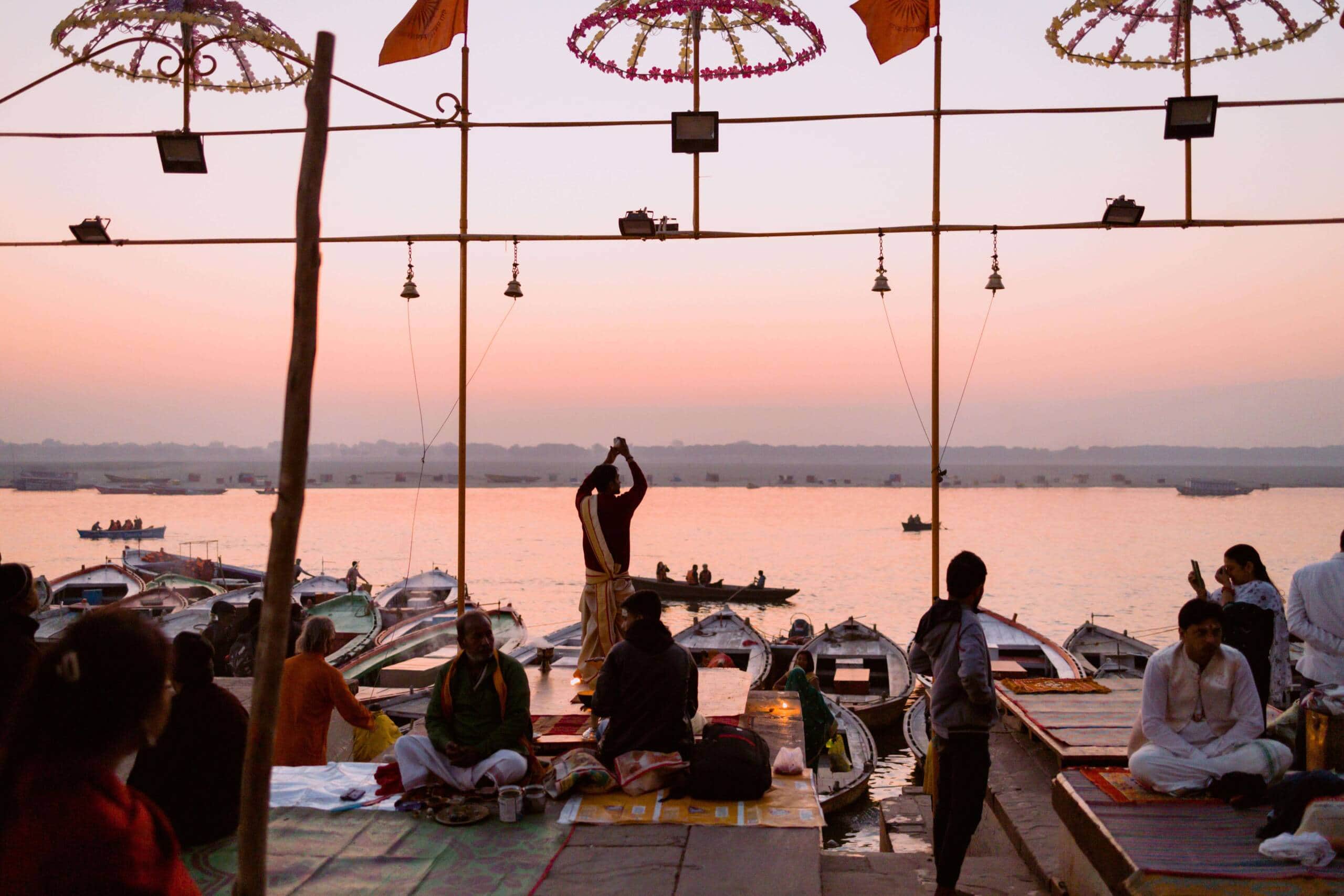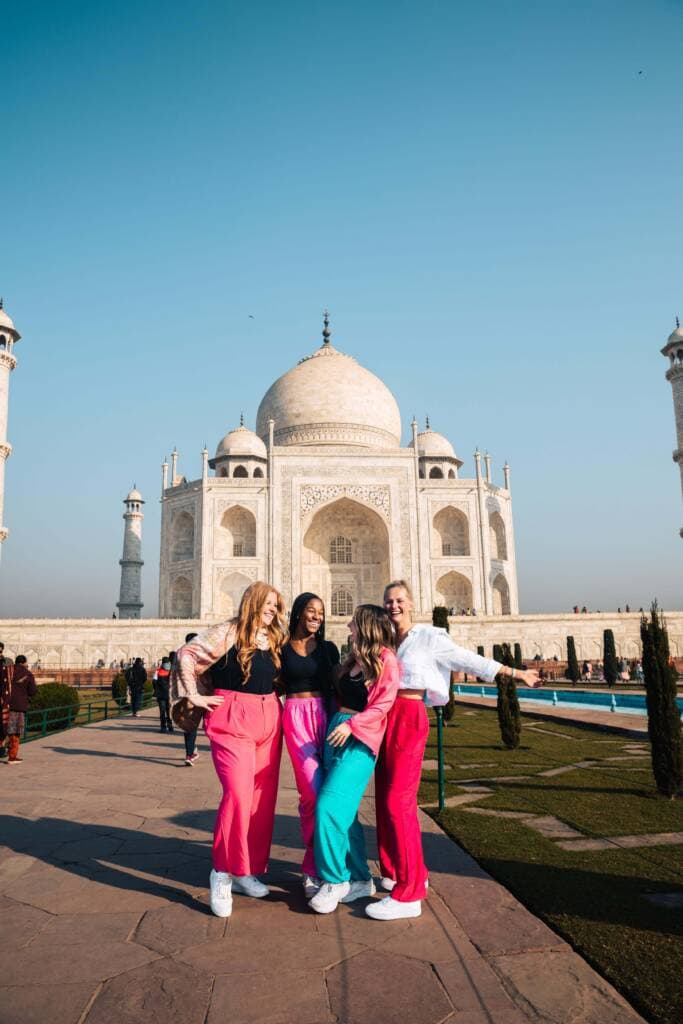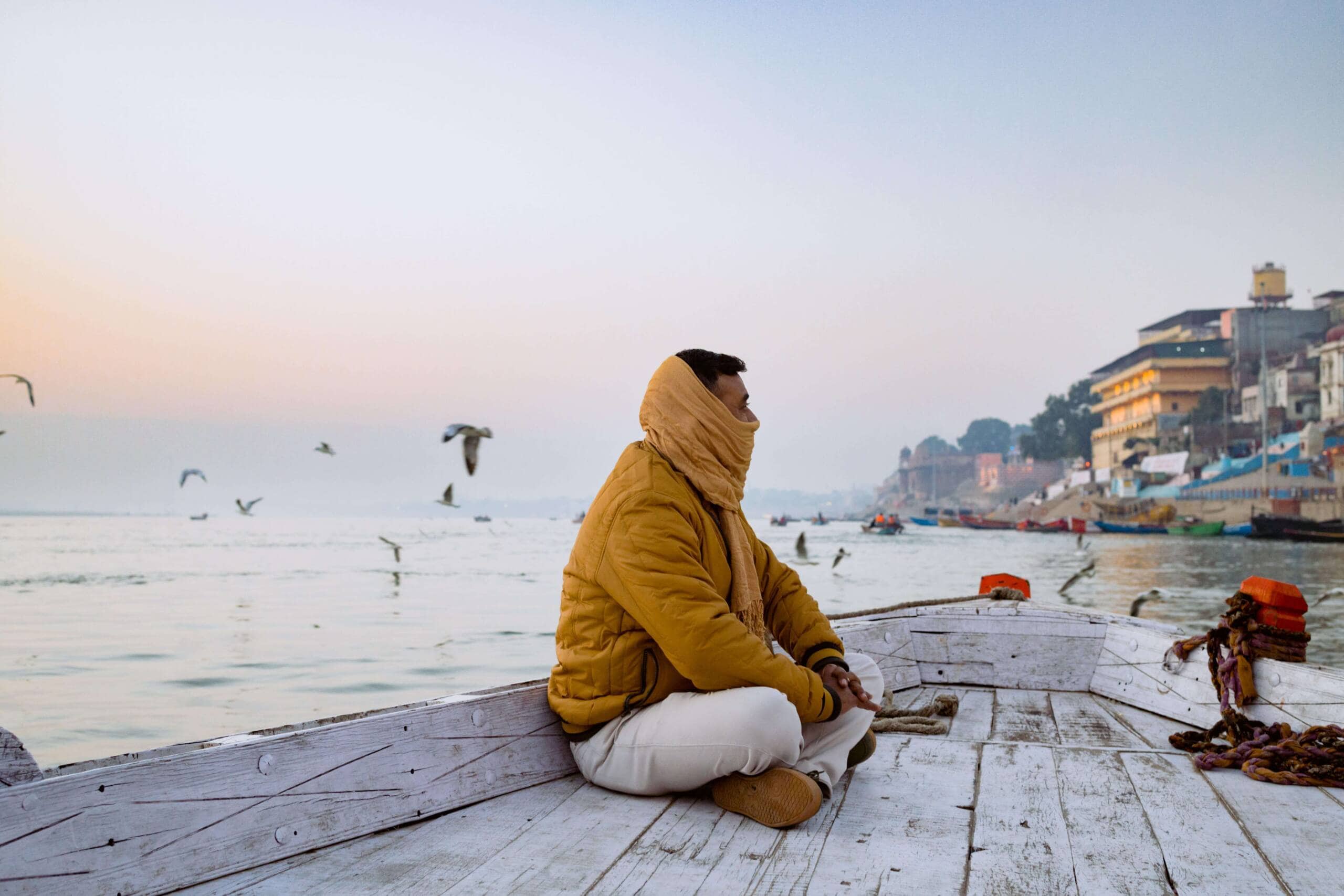Study Abroad Destination
India
Immerse yourself in a kaleidoscope of traditions.
Your Gateway to Southeast Asia
As one of the most populous nations in the world, India is bustling with a vibrant culture influenced by a variety of ethnicities and religions. Over the course of five to six days, Semester at Sea voyagers experience some of India’s many treasures, from the soaring minarets of the Taj Mahal to the serene banks of the Ganges River.

India Overview
Why India?

The Indian subcontinent is a true melting pot of traditions, including those associated with Hinduism, Jainism, Buddhism, and Sikhism.
India is one of our most popular destinations among voyagers for its:
- Delicious local cuisine
- Breathtaking views and landmarks
- Lively urban culture
- Iconic architecture
The in-country excursions provided by SAS staff and local guides are a chance to take in a wide range of attractions without needing to personally handle logistics.
Semester at Sea
India Experience
Semester at Sea ports of call in India include Cochin (Kochi) and Mumbai. Once in port, voyagers can choose from Field Programs including multi-day trips to Agra, New Delhi, Kerala, and more.
Highlights include:
- Exploring the world-famous Taj Mahal mausoleum
- Traveling to the holy city of Varanasi on the Ganges River
- Visiting the rural, traditional village of Chendamangalam
- Taking a ferry to Elephanta Island to visit the ancient Elephanta Cave
- Experiencing a multi-day trek in the beautiful Western Ghats of Kerala
- Hiking in Sanjay Gandhi National Park
- Learning about Indian cinema, famously known as “Bollywood”
Each Semester at Sea stop in India lasts only about five or six days, but the memories of this vibrant country last far longer.

India
Voyager Travel Tips

Travel Tips for Indian Ports of Call
Every destination and port of call is unique, and each carries its own set of circumstances and expectations for travelers. Our top priority is the health and safety of our voyagers — we want all program participants to be as informed as possible so they can enjoy each port experience to the fullest.
Please be advised that the tips below provide a general overview of travel considerations, and are not intended to dissuade voyagers from experiencing this unforgettable destination.
In-port transportation is coordinated by SAS. Urban transportation includes buses, taxis, rideshare services, and three-wheeled auto rickshaws. Trains and airplanes provide regional transportation. Overland travel by car can be hazardous, as roads are sometimes poorly maintained.
Ship ID, stamped e-Landing card, and passport (if flying to another city, staying in a hotel, or exchanging money in the bank).
Coastal India experiences a subtropical to tropical climate. Temperatures range from 68 °F to over 100 °F (20 °C–40+ °C). Extreme weather events include thunderstorms, heat waves, cyclones, and heavy rains.
The local currency is the Indian rupee. Service charges are typically included in the bill in restaurants and hotels. A 5-10% tip for services is appreciated, but not expected.
Common concerns in urban areas include petty crime and assault. Always travel in-country with a partner or group; never travel alone.
Medical facilities are generally adequate in major cities but may be unavailable in rural areas. Disease threats vary according to region. Drinking water is generally unsafe in India — use only bottled, boiled, or otherwise purified water for drinking, cooking, and freezing. Avoid unregulated dining establishments.
The primary method of contacting SAS voyage staff is via phone or text. Be aware that there may be a delay in sending messages or calls. WhatsApp has proven unreliable and should only be used as a secondary means of communication.
All voyagers receive contact information for local police, fire, ambulance, medical emergency services, and the U.S. embassy and consulate.